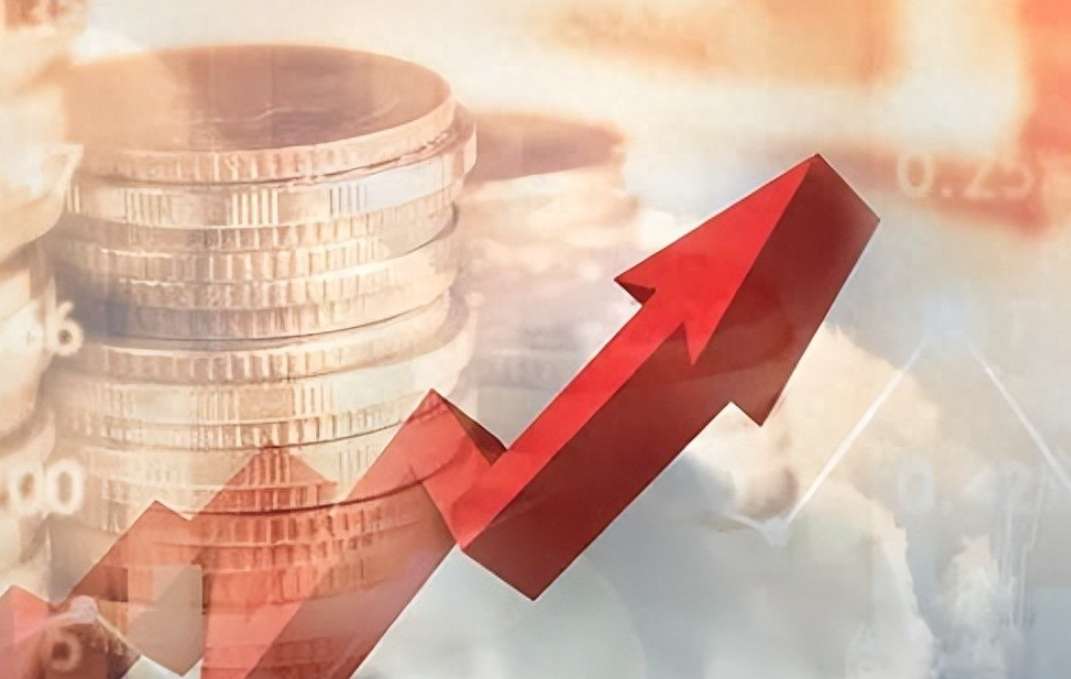Gold Rally Prompts Exchange Action
Advertisements
In recent months, the gold market has been buzzing with activity, frequently breaking historical price records that have caught the attention of investors around the worldThis surge in gold prices has been crescendoing alongside silver, escalating their status as the most coveted assets in the investment landscapeRenowned financial institutions, such as Goldman Sachs, continue to express bullish sentiments toward gold, highlighting its allure even in a complex economic environmentHowever, reactions from exchanges indicate a proactive approach to managing market volatility and ensuring stability amidst this inflationary storm.
On April 16, vital regulatory body notices were released from the Shanghai Futures Exchange (SHFE) and the Shanghai International Energy Exchange, which introduced multiple risk management measures aimed at curbing rampant speculative trading behavior
These notices outlined adjustments to trading limits, margin requirements, and fees for settling contracts, reflecting an immediate response to the rapidly changing market dynamics.
According to the SHFE, from April 17 onwards, the price fluctuation limits for gold and silver futures contracts would be adjusted upward—from a previously set cap of 6% and 7%, respectively, to a new threshold of 8%. Additionally, the margin requirements for hedging transactions would increase, signaling a vigilant stance aimed at tempering excessive speculation in the commodities marketThis precautionary strategy underscores the systemic importance of maintaining orderly market conditions during price ascensions.
The adjustment in margin requirements from 7% and 8% to 9% for hedging and from 8% and 9% to 10% for speculative trading comes as a direct reaction to a significant influx of traders drawn by the promise of high returns in a volatile market
- Commodity Futures: Trend Analysis & Trading Strategies
- Sectors Benefiting from Federal Reserve Rate Cuts
- The Fiery Clash of Travel Consumption and OTA Platforms
- What Factors Are Driving the Surge in Gold Prices?
- Indian Rupee Plummets!
The SHFE's actions reflect an acute awareness of trading psychology, as the commodity markets experience heightened interest that could plunge them into instability without careful oversight.
In light of the ongoing rapid escalation of precious metal prices, both gold and silver futures trading volumes and open positions within the Shanghai Futures Exchange have expanded significantlyThe rapid price change invites comparisons to historical periods characterized by financial uncertainty, and the SHFE's decisive measures to establish trading caps aim to mitigate excessive enthusiasmThe prevailing atmosphere is akin to what economists might refer to as a bubble, prompting the exchange’s regulatory interventions to maintain equilibrium.
Earlier in the month, starting April 12, the SHFE had already implemented trading quotas for gold and copper futures, introducing limits on the number of positions a trader could hold
With daily trading caps specified at 2,800 contracts for gold, these measures aimed at limiting speculative trading while enhancing the risk management landscapeFollowing the introduction of these limits, there was a noticeable pullback in contract positions, indicating that the exchange's proactive measures might be proving effective in tempering exuberance in the trading sphere.
In parallel, the Shanghai Gold Exchange (SGE) has also taken steps to shore up its gold and silver futures markets against potential volatilityPrecautionary measures, such as increasing margins and trading suspension thresholds, have become standard operating procedures in the current climate.
On April 8, the SGE announced that beginning April 9, the margin for Ag (T+D) contracts would rise from 10% to 12%, and the subsequent trading limitations would adjust from 9% to 11%. These proactive measures enable the exchange to guard against unforeseen market shocks experienced in earlier lucrative trading sessions

By April 15, additional adjustments included increasing margin requirements for various gold products, which further align with the global inclination to protect against systemic risks associated with trading volatility.
In a remarkable display of confidence, Goldman Sachs has raised its price forecast for gold to $2,700 per ounce by the end of the year—a significant increase from an earlier prediction of $2,300. This upward revision illustrates the bank's belief that the prevailing global economic conditions combined with increased central bank purchases from emerging markets bolster gold's standing as a safe-haven asset.
Despite the significant rise in prices observed over the past two months, institutional investors show no sign of trepidation regarding gold's upward trajectory
The sentiment emanating from the financial community reflects an understanding of gold's role in a diversified investment portfolio, particularly in turbulent economic times.
As of April 17, the gold price remains robust while silver has begun to show moderate signs of correctionMarket analysts recognize that a healthy correction could stabilize investor sentiment without undermining the overall bullish momentum that gold has achieved throughout the first quarter.
Experts from the South China Commodities Futures Research Institute have noted various factors contributing to the substantial price advances of precious metalsSince March, when gold first breached the historic $2,100 mark in London, a multitude of influences from global economic policy to market sentiment have driven prices forward.
Several critical elements have been identified as influencing the silver market's resurgence
A decline in the gold-to-silver ratio has played a pivotal role, as investors gravitate toward silver investments amid a more favorable outlook for photovoltaic demand and overall improvements in silver’s investment appeal.
Geopolitical instability, coupled with shifting economic dynamics, has accelerated an increased demand for precious metals as hedge instrumentsCountries worldwide are pivoting towards gold as a stabilizing asset, directly impacting market movements and creating mechanisms for substantial price rallies.
Developments in first quarter consumption trends in China have also significantly influenced metal pricesWith traditional demand peaks colliding with broader economic uncertainties, Chinese retailers have responded to domestic demand for physical gold and silver, amplifying market pressures that have driven double-digit growth across derivative products.
As the global landscape shifts in favor of a post-pandemic recovery, fluctuating consumption patterns and central bank policies will continue to play substantial roles in shaping future trajectories of gold and silver markets
Leave A Reply